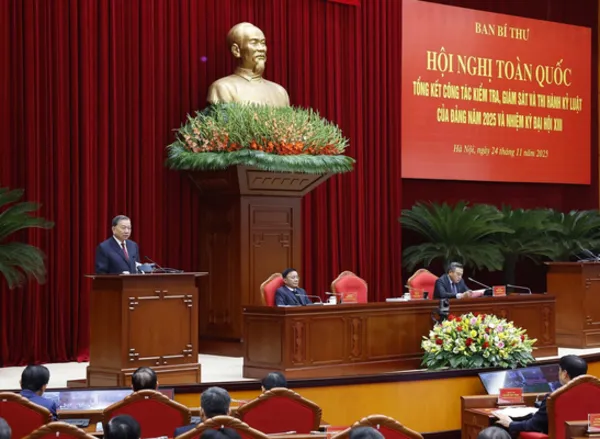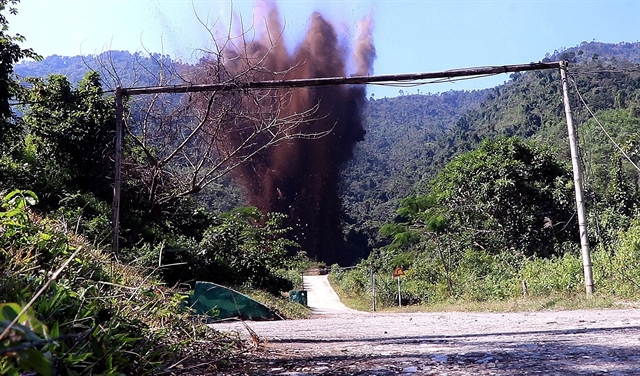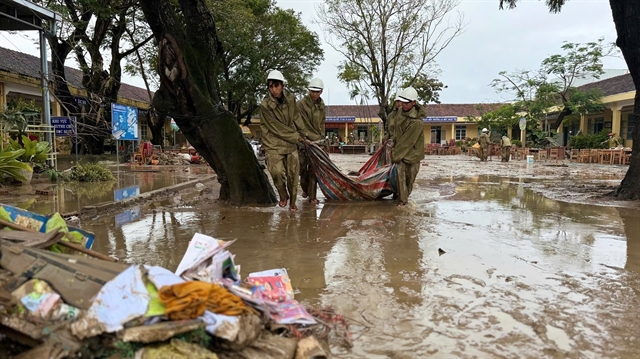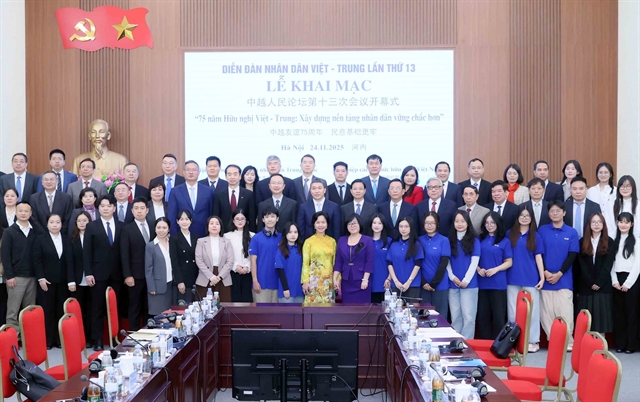 Society
Society

Applying artificial intelligence in the hydro-meteorological sector is essential, said Deputy Minister of Natural Resources and Environment Le Cong Thanh.[/su]
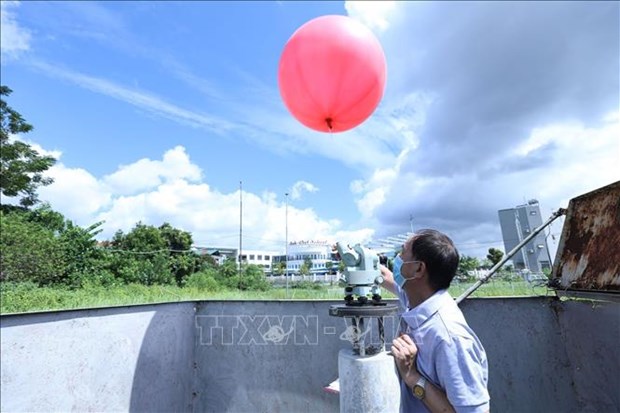
|
| Releasing a ball to monitor wind direction and speed at the Lạng Sơn agricultural meteorological station under Lạng Sơn's hydro-meteorology station. — VNA/VVNS Photo |
HÀ NỘI — Applying artificial intelligence in the hydro-meteorological sector is essential, said Deputy Minister of Natural Resources and Environment Lê Công Thành.
According to the Deputy Minister, the hydro-meteorological sector in general and the National Centre for Hydro-Meteorological Forecasting (NCHMF) in particular need to continue to speed up digital transformation and technology application, including the use of artificial intelligence to meet higher requirements and effectively serve socio-economic development.
Head of the NCHMF’s Weather Forecasting Department Trần Quang Năng said that the Vietnam Meteorological and Hydrological Administration has developed forecasting technology, including the application of AI to various fields such as monitoring, calculation and forecasting. This application helps to improve the quality of hydro-meteorological forecasts and warnings, thus ensuring reliability and closeness to reality, and contributing to reducing disaster risks, and boosting socio-economic development.
Deputy Director General of the Vietnam Meteorological and Hydrological Administration Dr. Hoàng Đức Cường said that artificial intelligence has gradually replaced many manual jobs, helping save labour and limit some faults by human.
The Administration has established its Steering Committee for Digital Transformation for the 2021 – 2025 period, and at the same time implemented different research and application of artificial intelligence in specific problems, including in storm forecasting, quantifying heavy rainfall and forecasting of water level rise caused by storms.
Cường said that the hydro-meteorological sector has received the State’s investments through modernisation projects that have achieved encouraging results.
In the coming time, the Vietnam Meteorological and Hydrological Administration continues to invest in and develop the application of artificial intelligence in data processing, hydro-meteorological forecasting and warning, build a virtual assistant system to automatically provide weather information for users, and apply virtual reality and virtual interaction in the presentation of hydro-meteorological information. — VNS

